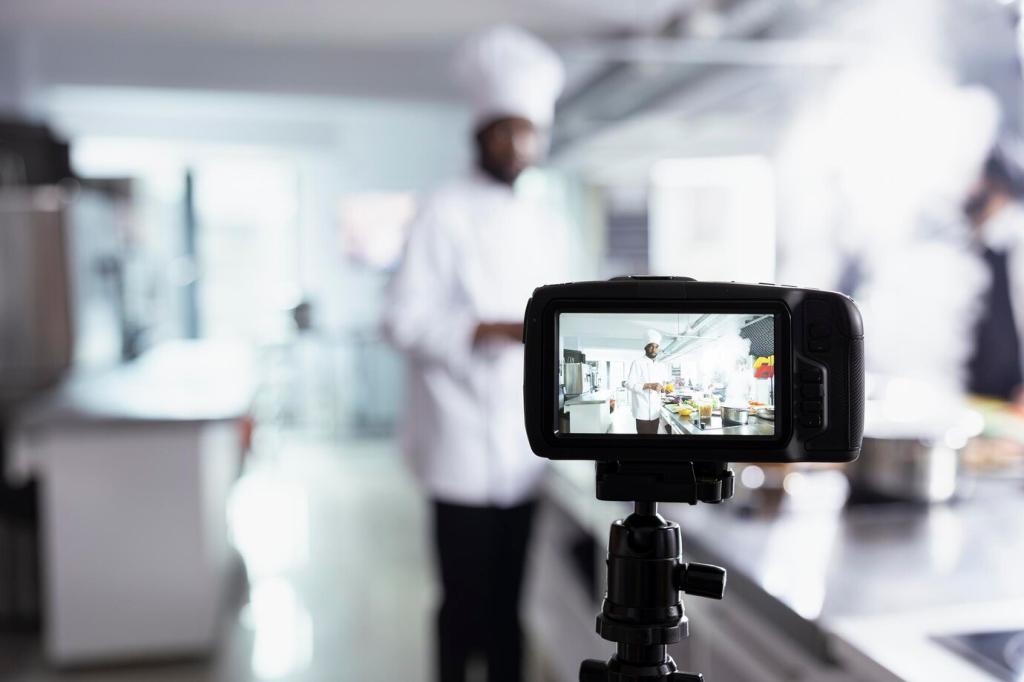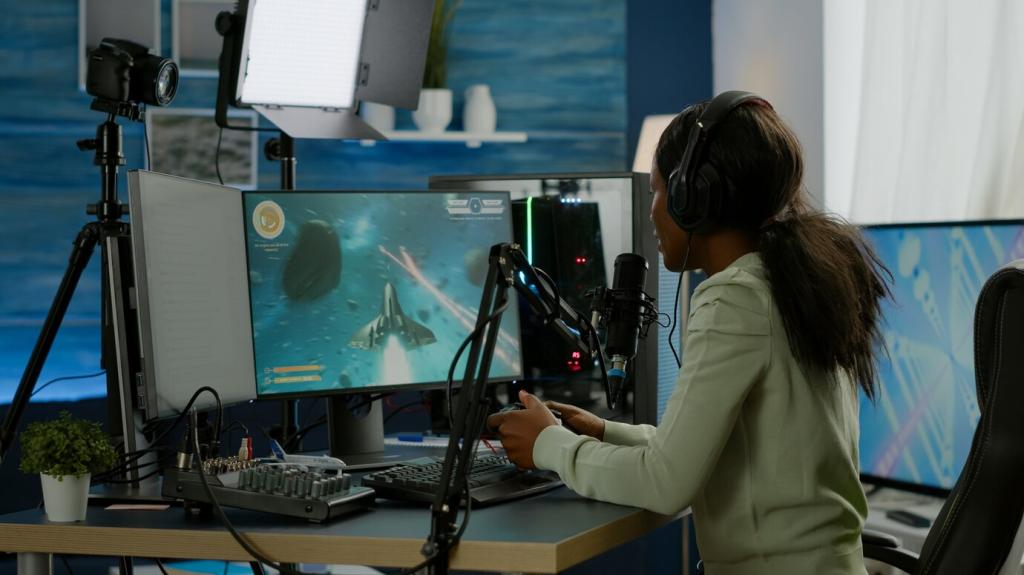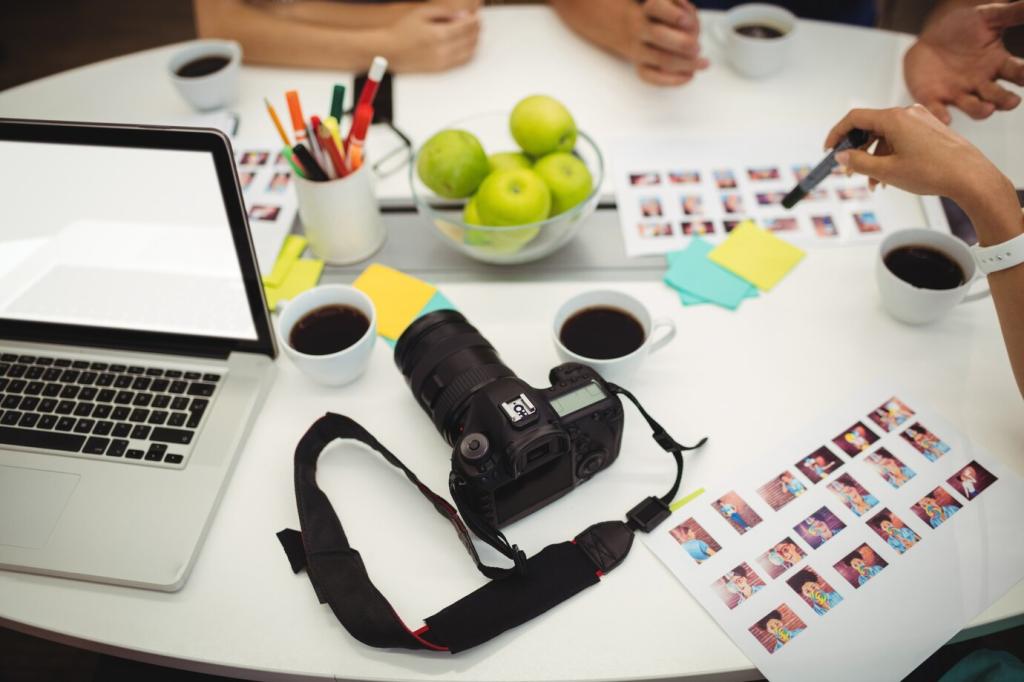Business Models in Flux
Members aren’t just buyers—they’re stakeholders. Early looks at investigations, newsroom AMAs, and transparency reports make support feel meaningful. What would you value most—behind‑the‑scenes briefs or topic‑specific clubs? Tell us, and help design a membership that strengthens independent reporting.
Business Models in Flux
Contextual sponsorships, frequency caps, and clear labels respect attention without blurring lines. Brand safety shouldn’t eclipse public interest. Have thoughts on ad experiences that feel fair? Share feedback so we can balance revenue with dignity and keep journalism accountable to you.
Business Models in Flux
Nonprofit newsrooms and community stations are filling gaps, especially where local beats vanished. Grants help, but community buy‑in sustains. Which local story needs a camera back on it? Nominate your neighborhood issue, and we’ll consider it for a collaborative reporting sprint.
Business Models in Flux
Lorem ipsum dolor sit amet, consectetur adipiscing elit. Ut elit tellus, luctus nec ullamcorper mattis, pulvinar dapibus leo.










